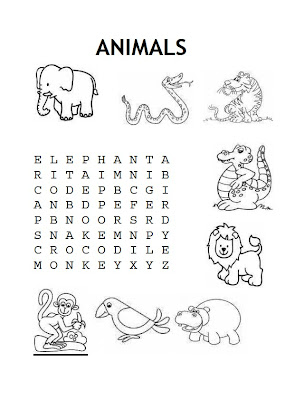lunes, 20 de diciembre de 2010
domingo, 21 de noviembre de 2010


STUDENTS WITH SPECIAL NEEDS

viernes, 19 de noviembre de 2010
miércoles, 17 de noviembre de 2010
domingo, 14 de noviembre de 2010
sábado, 13 de noviembre de 2010
CHILDREN WITH SPECIAL NEEDS
viernes, 12 de noviembre de 2010
miércoles, 20 de enero de 2010
ON QUANTITY
ON QUANTITY
Amount is described and expressed through: numbers, determiners, specific quantitative partitive constructions and other means of expressing quantity.
As for the numbers we find three headings: nouns, numerals and pronouns
Nouns
The vast majority of English are count and take plural formation mostly by adding ‘s’ to the singular or ‘es’. Write in plural:
- cat
- girl
- gas
- dress
- wish
- match
- box
- tomato
- echo
- body
- country
- calf
- knife
- leaf
a. Which ending do you use for nouns ending in s, ss, sh, ch, x, z, zz?
b. Which ending do you use for nouns ending in F, FE?
c. Which ending do you use for nouns ending in consonant plus Y?
d. Which ending do you use for nouns ending in consonant plus O?
There are also irregular plural where the nouns undergo a change of vowel sound and spelling:
- foot
- louse
- tooth
- goose
- man
There are zero plurals, that is, words that do not have difference in form between singular and plural. Note the difference between: This sheep is small. And All those sheeps are small.
Numerous nouns adopted from foreign languages especially Greek and Latin still retain the foreign inflection for plural
- stimulus –stimuli
- corpus –corpora
- formula – formulae
- diploma –diplomae
- curriculum – curricula
- appendix –appendices
- index –indeces
- basis – bases
- analysis – analyses
- hypothesis – hypotheses
- crisis – crises
- criterion – criteria
- phenomenon – phenomena
- bureau – bureaux
- tempo – tempi
Compound nouns form the plural in different way:
a. adding plural in the first element
passer-by
b. both first and last element
manservant
c. adding plural in the last element is the most usual way
boyfriend
grown-up
Initials can also be made plural
MP
VIP
UFO
Nouns can be divided in:
· countable: nouns that can be counted. They are easily detected because of plural forms:
table -
· uncountable: nouns that cannot be counted. They are always singular and are not used with indefinite articles but often preceded by quantifiers like some, any, no, a little. Types of uncountable nouns:
a. names of substances: bread
b. abstract nouns: information
c. other nouns considered countable in other languages: damage
Apart from the fact that uncountable nouns do not take the plural form by themselves they can only be followed by the quantifiers much and little and the definite article. On the contrary, common countable nouns can be preceded by numerals, quantifiers (except for much, little) and definite/indefinite articles.
2
martes, 19 de enero de 2010
Salutation
Today I start sharing my experiences in teaching English. I hope you will find it interesting and entertaining at the same time.
